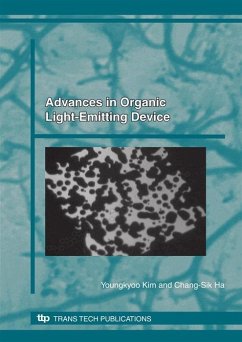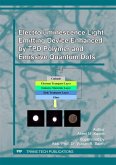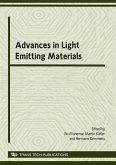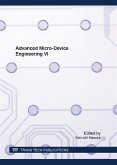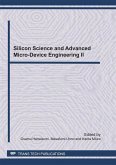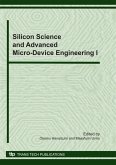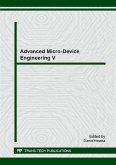Organic electroluminescence (OEL) is the phenomenon of electrically-driven emission of light from organic materials; including both fluorescent and phosphorescent organic solids. The organic light-emitting device (OLED), which exploits OEL emission from organic semiconducting thin films (with thicknesses of less than a few hundred nanometers), sandwiched between electrodes, has attracted keen interest in its application to flat-panel displays, due to its high luminous efficiency, low driving voltage, tunable colors as well as a convenient device-structure design and low fabrication costs when compared with every other known display device.This book describes the general principle of device operation, recent progress made in materials and device design, optimization of device structures, some pertinent processing issues, market trends and the future outlook for OLED-related applications.It is designed for the reader who has some prior knowledge of physics, chemistry, polymer science and materials science, and is thus suitable for use as a graduate-level one-semester course for chemists, physicists, engineers and polymer or materials scientists. It also provides a very useful guide for those working technologists who wish to learn the principles and applications of OLEDs.This volume describes the general principles of organic light- emitting device (OLED) operation, recent developments in materials and device design, the optimization of device structures, processing issues, market developments, future trends for OLED-related applications, and recent research up to 2006. Kim (physics, Imperial College London, UK, and chemical engineering, Kyung Pook National U., Korea) and Ha (polymer science and engineering, Pusan National U., Korea) aim the book at graduate students in chemistry, physics, engineering, and polymer and materials science, in addition to working technologists. Knowledge of physics, chemistry, polymer science and materials science is assumed.
Dieser Download kann aus rechtlichen Gründen nur mit Rechnungsadresse in A, B, BG, CY, CZ, D, DK, EW, E, FIN, F, GR, HR, H, IRL, I, LT, L, LR, M, NL, PL, P, R, S, SLO, SK ausgeliefert werden.

